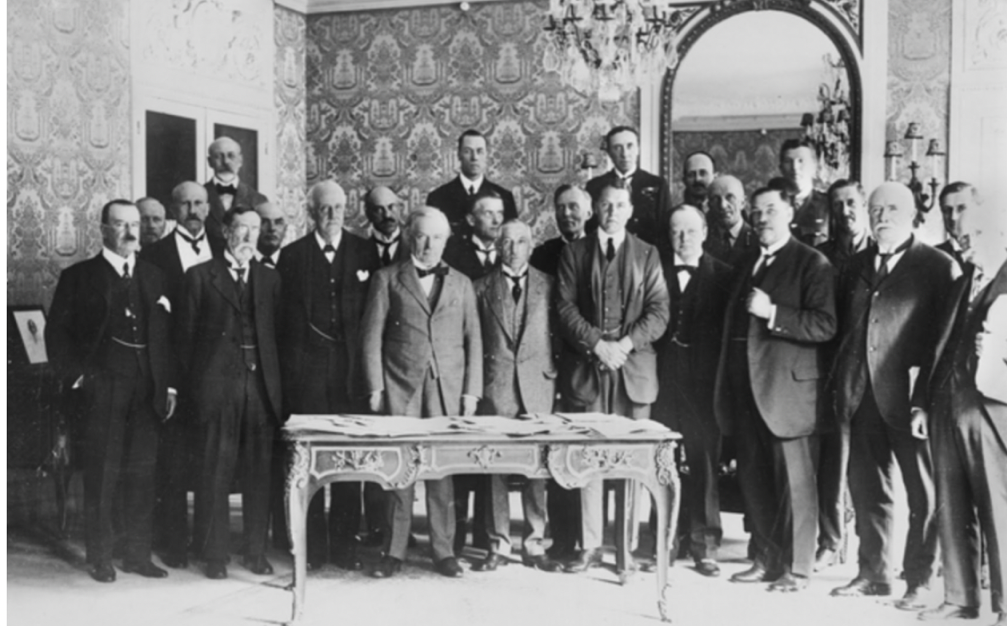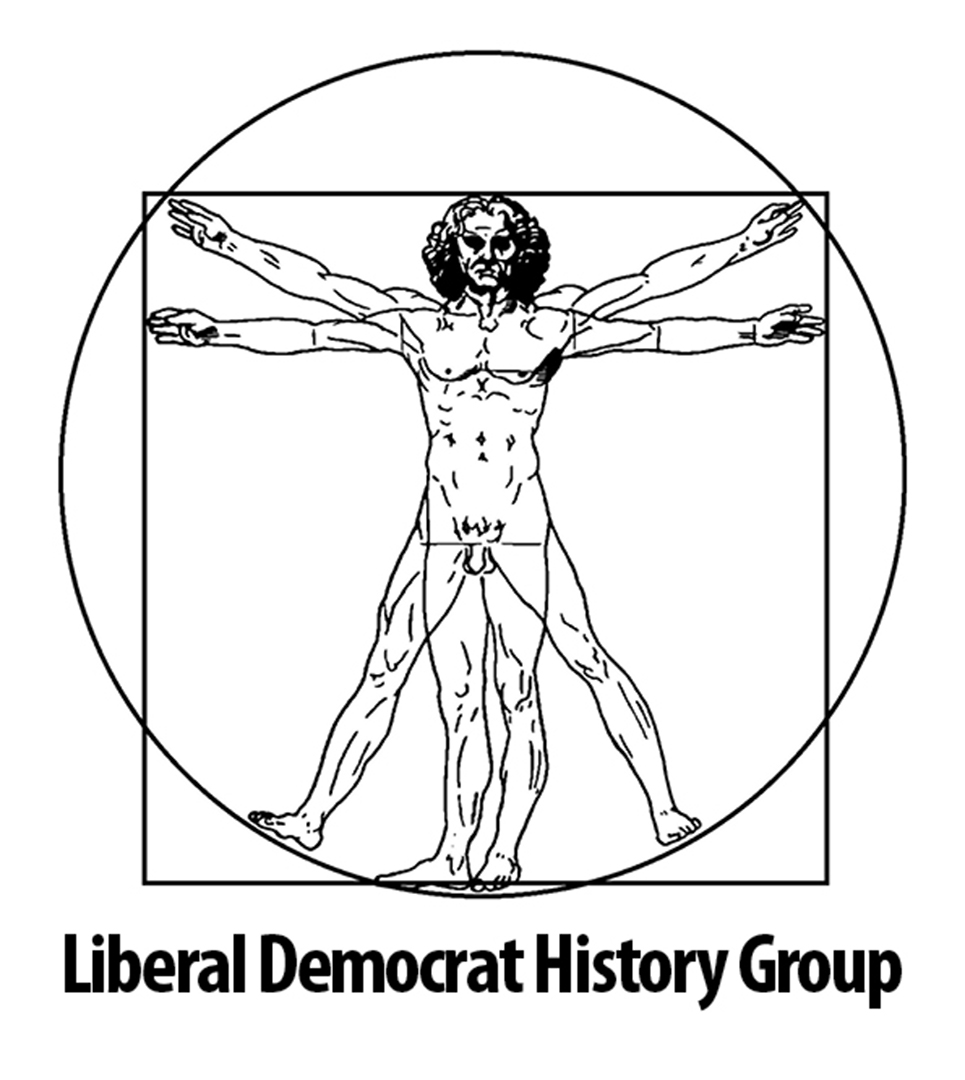When in November 1918 Lloyd George promised to make Britain a fit country for heroes to live in, it fell to Christopher Addison to formulate and carry out the policy through which homes would be provided for the men returning from the Great War. The Housing and Town Planning Act of 1919, under which local authorities were empowered to build unlimited numbers of houses at low, controlled rents, with their losses met by government subsidy, became known as the Addison Act. In the end, it was the political outcry at the costs involved in implementing this policy that caused Lloyd George to sack Addison and began the estrangement between the two men that eventually led Addison into the Labour Party.
Christopher Addison was born in the Lincolnshire village of Hogsthorpe on 19 June 1869, where his family had farmed for generations. There were twelve children of his parents’ marriage, of whom seven survived. Addison was the youngest of three boys. He was a clever child and at age thirteen was sent to Trinity College, Harrogate. He attended medical school in Sheffield and went on to St Bartholomew’s Hospital where he specialised in anatomy. He then returned north to teach and by 1897 had become Professor of Anatomy at University College, Sheffield. In 1901 he moved back to London to lecture at Charing Cross Hospital and began to publish works on anatomy. As a result of his research he gave his name to a part of the human body, the Addison plane.
In 1902 Addison married Isobel Mackinnon, the daughter of a successful trader. They had three sons, one of whom died in infancy, and two daughters. Isobel died in 1934 and Addison later married Dorothy Low, the daughter of a solicitor. However, his first wife’s money had given Addison the opportunity to develop his political ambitions and in 1907 he was adopted as Liberal candidate for Hoxton (Shoreditch). His background gave him a special interest in health and social welfare, chiming in well with the New Liberalism of the government. Addison supported traditional Liberal policies such as Irish Home Rule and land nationalisation but his true political motivation was an idealistic desire to improve the social and working conditions of the poor.
He entered Parliament at the general election of January 1910. His specialist knowledge enabled him to take a role in framing the National Health Insurance Bill of 1911 and he served as a link to the medical profession. In this way he came to the attention of Lloyd George. Addison’s political skills were in policy formulation and administration. He envied Lloyd George’s oratory and his skills with people, and decided to hitch himself to Lloyd George’s wagon as a means of achieving his own social policy agenda. In August 1914, Addison was appointed Parliamentary Secretary to the Board of Education and in May 1915 he joined Lloyd George at the new Ministry of Munitions. Lloyd George was interested in the broad political sweep, while Addison got to work on the detail, organising the war socialism of government controls and regulations to get the economy supplying the war effort, prefiguring later developments in the mixed economy. He was made a Privy Councillor in June 1916.
In December 1916, Lloyd George made his bid for the leadership. Addison was a loyal aide, canvassing Liberal MPs and smoothing the way for the majority of the parliamentary party to support the new Prime Minister’s coalition with the Conservatives. As an immediate reward, Lloyd George appointed him Munitions Minister but in June 1917, he was moved to make way for Churchill and became Minister for Reconstruction. He was happy with this new work which enabled him to plan the transition to the peacetime economic and social system. But his association with Lloyd George was weakening. The Prime Minister was more interested in post-war high politics, especially international affairs, and had less time and enthusiasm for Addison’s domestic schemes.
Despite this, Addison was able to take forward social legislation. In January 1919, as President of the Local Government Board, he introduced a bill to establish a Ministry of Health and he became its first Minister. Then came the housing crisis of 1919-21 which finally ended his political love affair with Lloyd George. In April 1921 Addison was made Minister without Portfolio but, his housing strategy destroyed and the government responsible in his eyes for betraying the homeless and slum dwellers, he resigned in July. Even though his policy had not delivered the results Addison so desperately wished for, he had nevertheless overseen the transformation of the provision of housing from a purely profit-related business activity into an instrument of social policy.
Without government office and with the link to Lloyd George broken, Addison had no power base in the Liberal Party from which to rebuild. After losing his seat at Hoxton in 1922 he turned to the Labour Party as the most suitable vehicle for achieving social reform. He stood unsuccessfully as Labour candidate for Hammersmith South at the 1924 general election and returned to Parliament in 1929 as MP for Swindon. During the intervening years he wrote a number of political works, the most important of which was the tellingly entitled The Betrayal of the Slums (1922). In June 1930 he became Minister of Agriculture; his Parliamentary Secretary was Clement Attlee. In the crisis of August 1931, Addison opposed MacDonald. As a result he lost his seat in the National landslide at the general election. He returned to the Commons at a by-election in 1934 but lost again in 1935.
In 1937 he was created a baron. He became Leader of the Labour peers in 1940 and Leader of the House of Lords after Labour’s victory in 1945. He went on to hold a number of government posts: Secretary of State for Dominion Affairs (1945-47), Lord Privy Seal (1947-51), Paymaster-General (1948-49), Lord President of the Council (1951). In 1945 he was created a Viscount and made a Knight of the Garter in 1946. He died on 11 December 1951 at his home in Radnage, Buckinghamshire.
Addison’s papers are in the Bodleian Library, Oxford. He published two sets of memoirs, Four and A Half Years (2 volumes, 1934) and Politics from Within (2 volumes, 1924). The most recent biography is Portrait of a Progressive: the Political Career of Christopher, Viscount Addison by Kenneth and Jane Morgan (1980).
Graham Lippiatt is a civil servant, former Liberal councillor and secretary of the Liberal Democrat History Group. He holds master’s degrees in international history and race and ethnic relations from London University.

Journal of Liberal History
For the discussion and research of Liberal, Liberal Democrat and SDP history
Developed and hosted by Prater Raines
